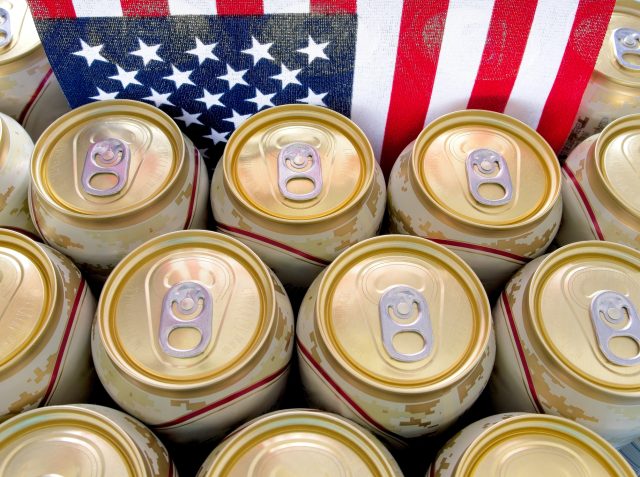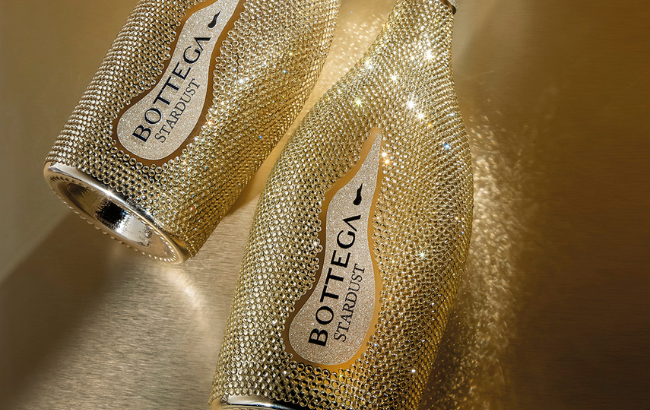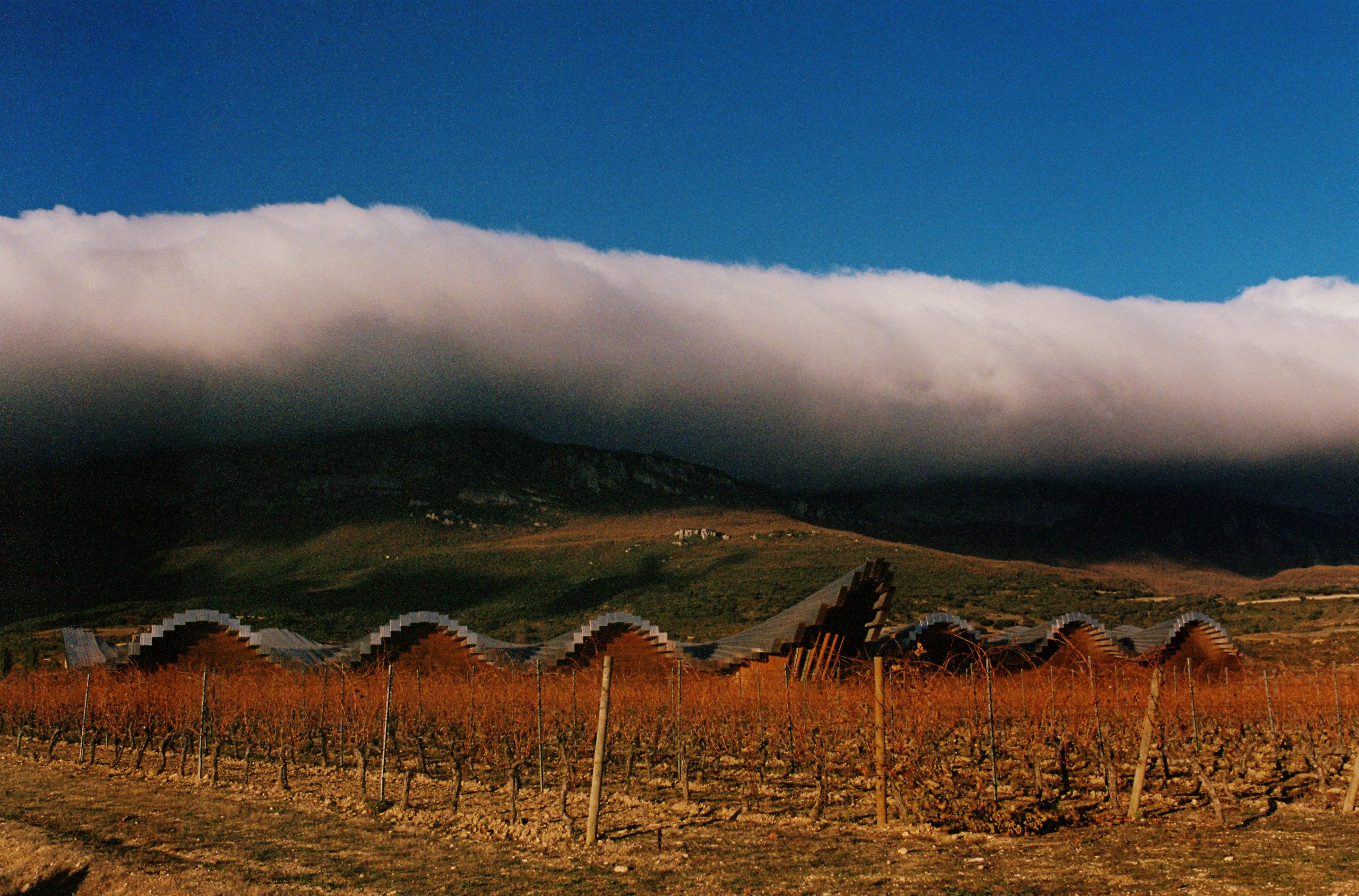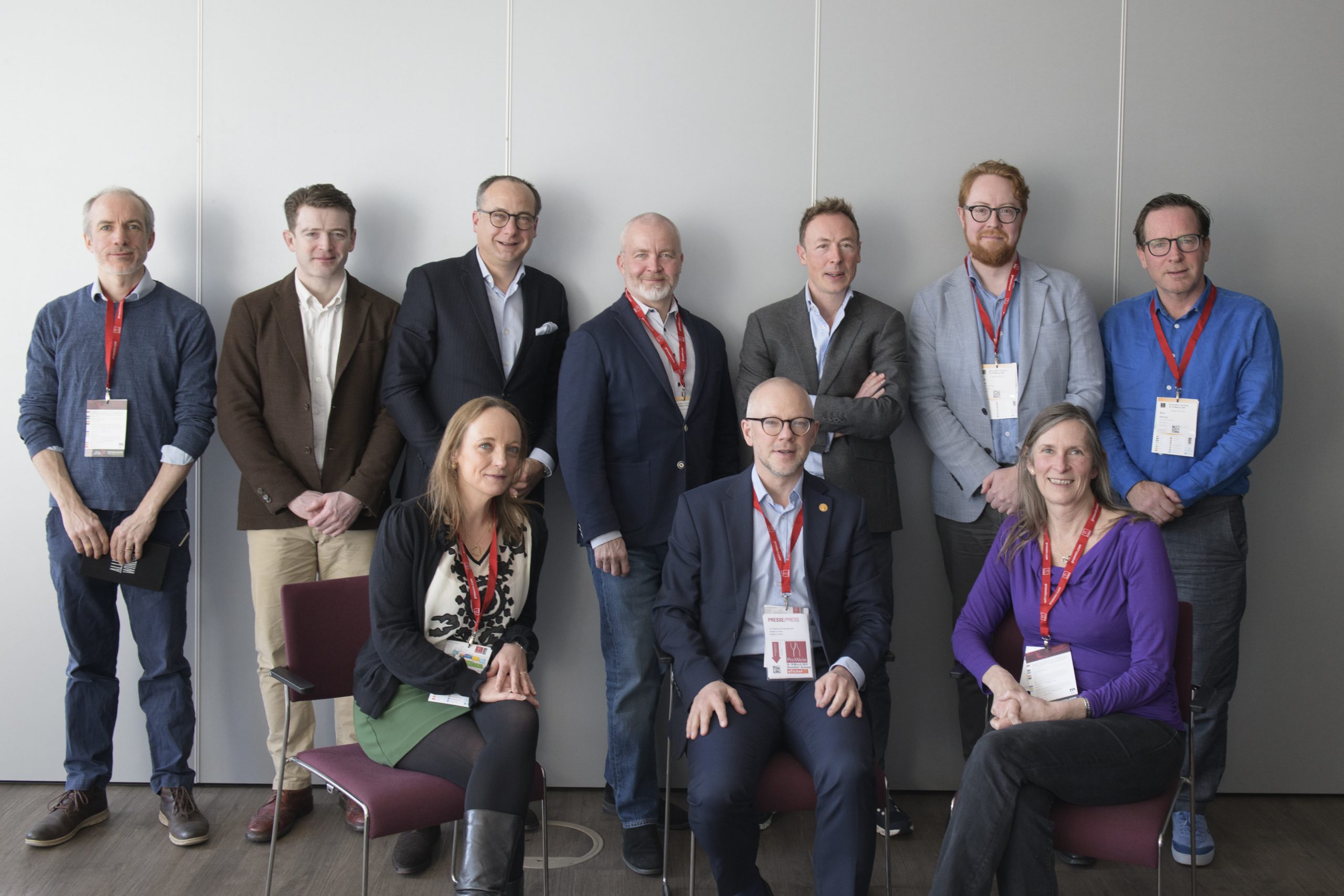US alcohol industry set for slow recovery after ‘reset year’ in 2023
Economic pressures and changing habits hit US alcohol sales in 2023, but growth in no-alcohol drinks and premium agave spirits offers hope, new data reveals.

The US beverage alcohol market is in the midst of a transformation. After years of steady growth, 2023 has been dubbed a “reset year” by the IWSR as total beverage alcohol (TBA) volumes fell by -3%.
However, the market’s value grew by +1%, underlining a shift in consumer spending and priorities. Looking ahead, the US is poised to remain a global value driver, contributing more than US$7.5 billion in growth by 2028, alongside emerging markets like India.
A series of economic and logistical hurdles have shaken the industry.
Elevated inventory levels, initially built up during the pandemic, remain a major challenge, with “normalisation not expected until 2025 or 2026,” according to Marten Lodewijks, president of IWSR’s US Division.
High inflation, rising interest rates, and climbing credit card debt have squeezed disposable incomes, forcing many consumers to prioritise essentials over alcohol.
“The pressure on household budgets has significantly reduced per capita alcohol consumption,” says Richard Halstead, COO of consumer research at IWSR. Many consumers are opting for affordable choices, with premiumisation taking a back seat.
Partner Content
Shifts in consumer behaviour
A growing health-conscious mindset, especially among younger legal drinking age adults, has accelerated trends towards moderation. This has benefitted no- and low-alcohol products, with no-alcohol beer volumes up by +19% and spirits by +38% in 2023. Both categories are expected to post double-digit growth through 2028.
Even as overall spirits volumes declined by -2% in 2023, the first such drop in 30 years, agave spirits bucked the trend. Tequila and mezcal continued their strong run, recording a +4% volume increase. Premium expressions of agave spirits are expected to drive a +6% compound annual growth rate (CAGR) through 2028.
Meanwhile, RTDs (ready-to-drink beverages) have also provided a glimmer of optimism, with hard teas, cocktails, and long drinks leading the charge. Although overall RTD growth slowed to +1% in 2023, the segment is forecast to expand at a 3% CAGR rate by 2028.
Wine and beer continue to struggle
The long-term decline of beer and wine persisted in 2023. Beer volumes dropped by -3%, and wine saw a -4% fall, with still wine particularly hard-hit. Premium-and-above beer segments remain a rare bright spot, but younger consumers’ preferences for alternative categories and moderation are reshaping the landscape.
Prosecco, however, remains a beacon within the wine category. Its affordability and versatility, particularly in cocktails like the spritz, continue to attract loyal consumers. Low-alcohol wines with health-focused attributes are also gaining traction, led by Sauvignon Blanc.
Challenges ahead, opportunities emerging
Spirits volumes in the US saw a rare decline of -2% in 2023, marking the first drop in nearly 30 years. Despite this, agave spirits continue to shine, with Tequila and mezcal leading the charge. Recording a +4% volume increase last year, agave spirits remain a growth engine for the category, driven by strong demand for premium expressions.
IWSR forecasts a robust +6% CAGR for agave spirits through 2028, cementing their status as a key bright spot in an otherwise challenging spirits market.
Related news




